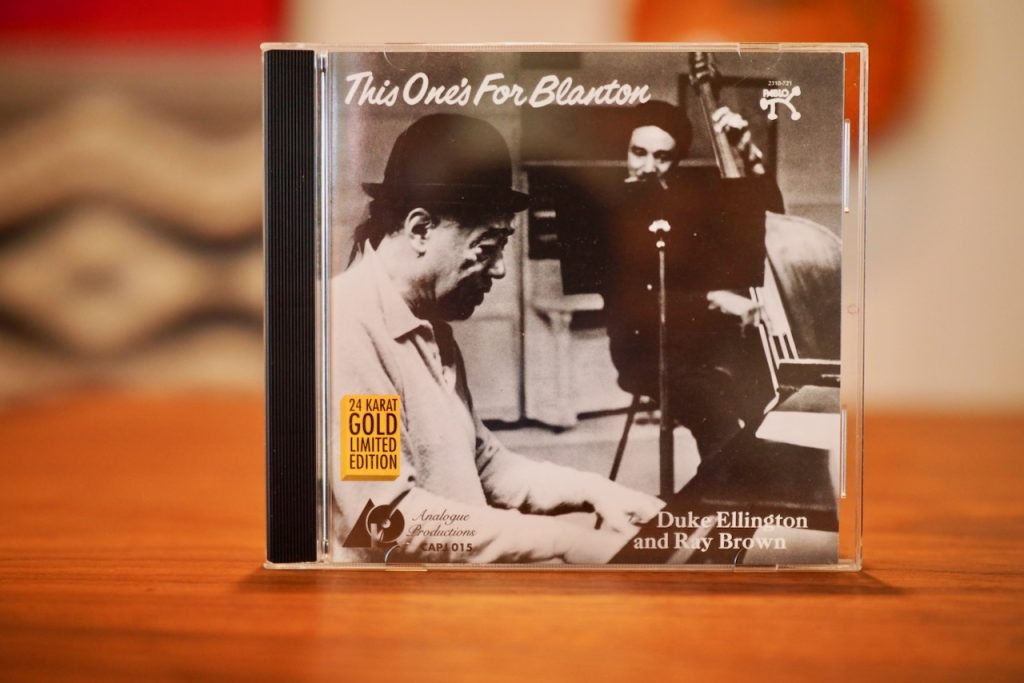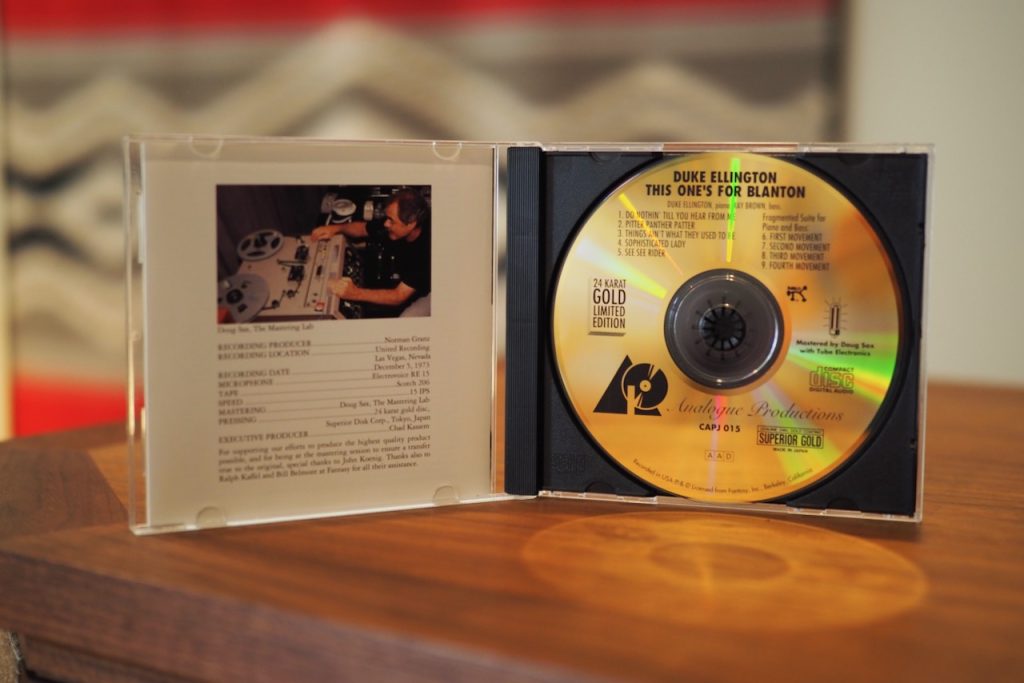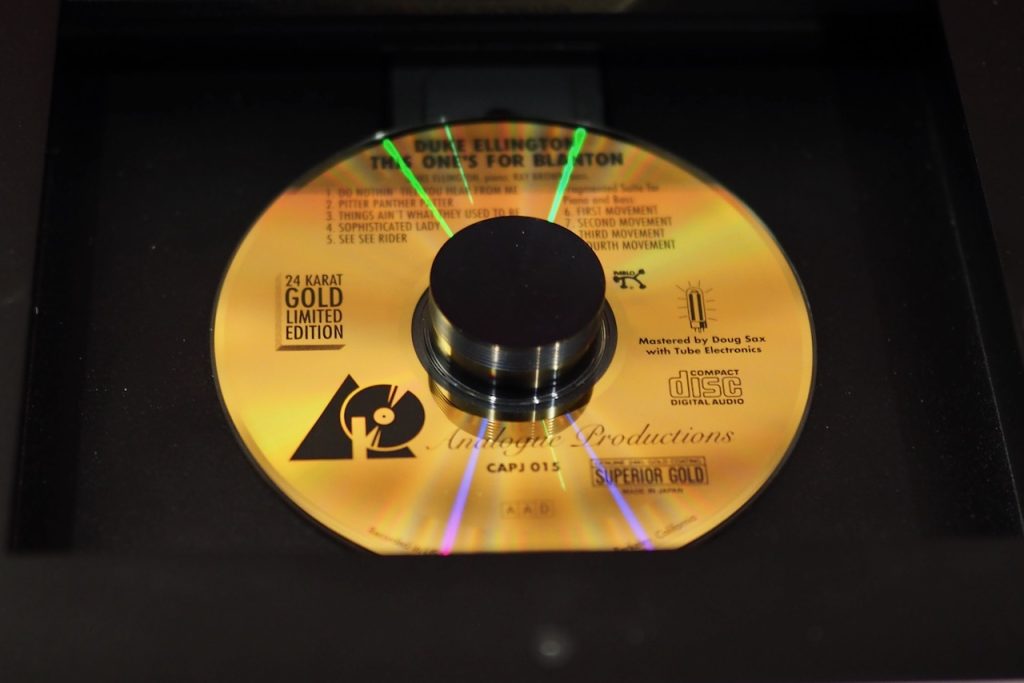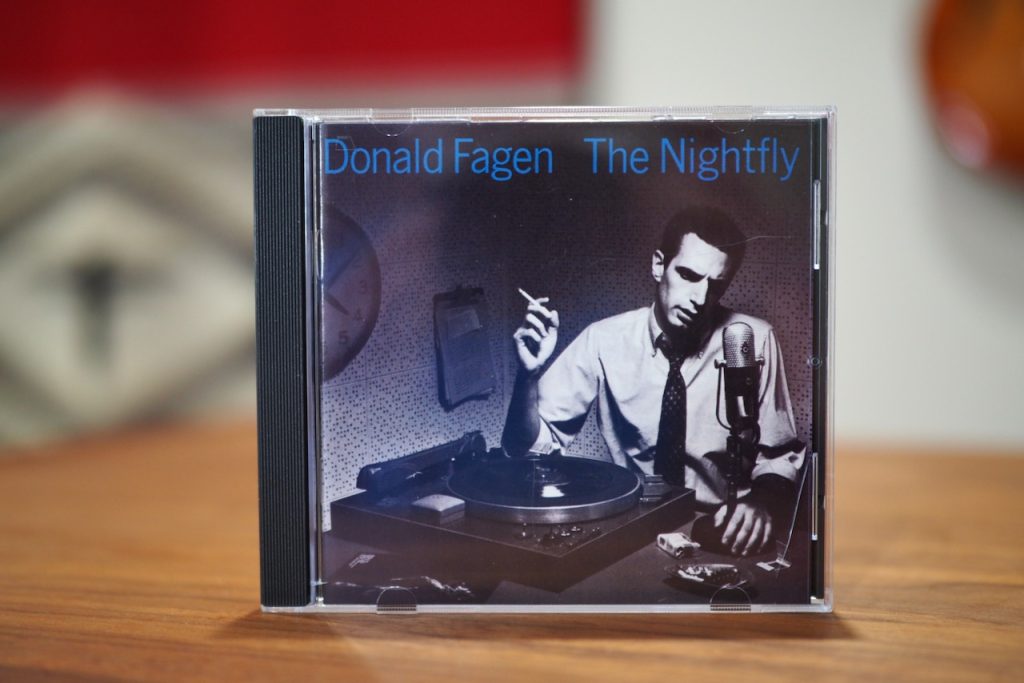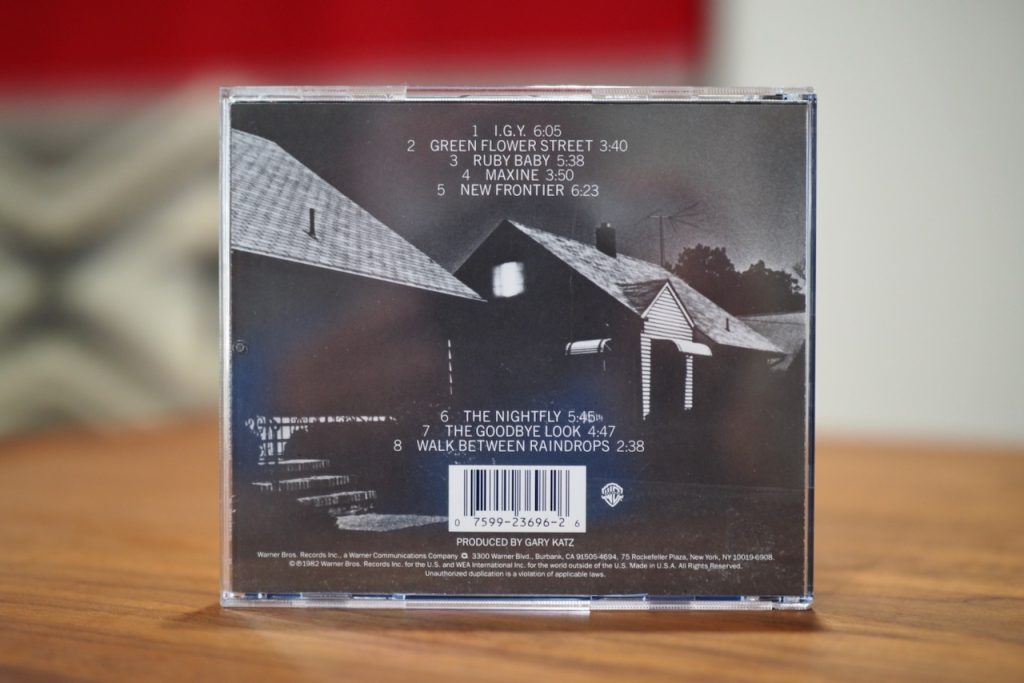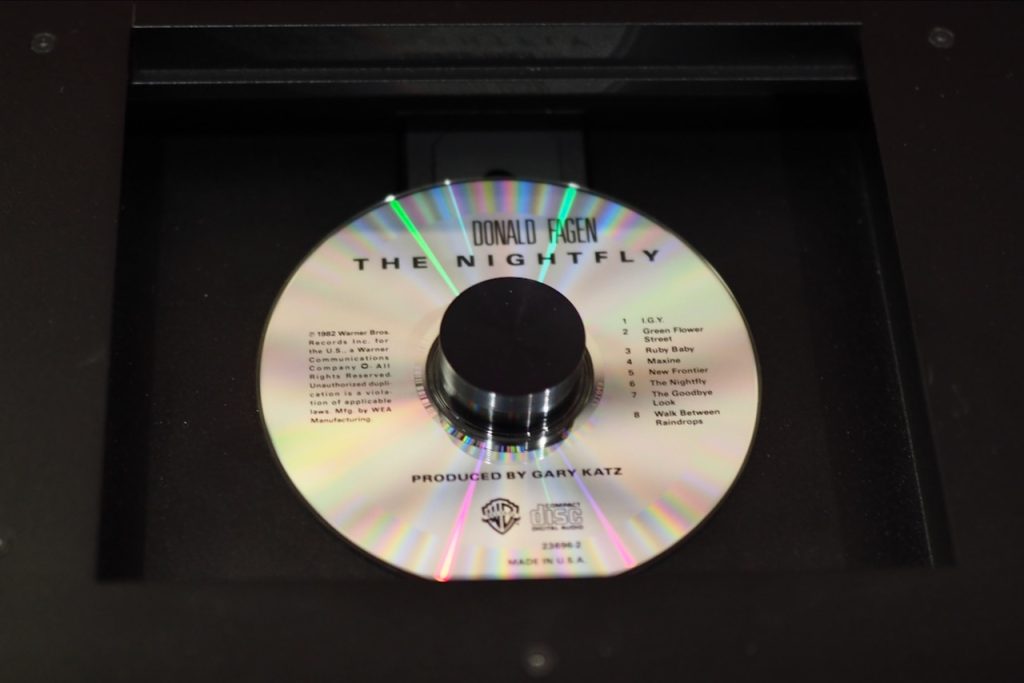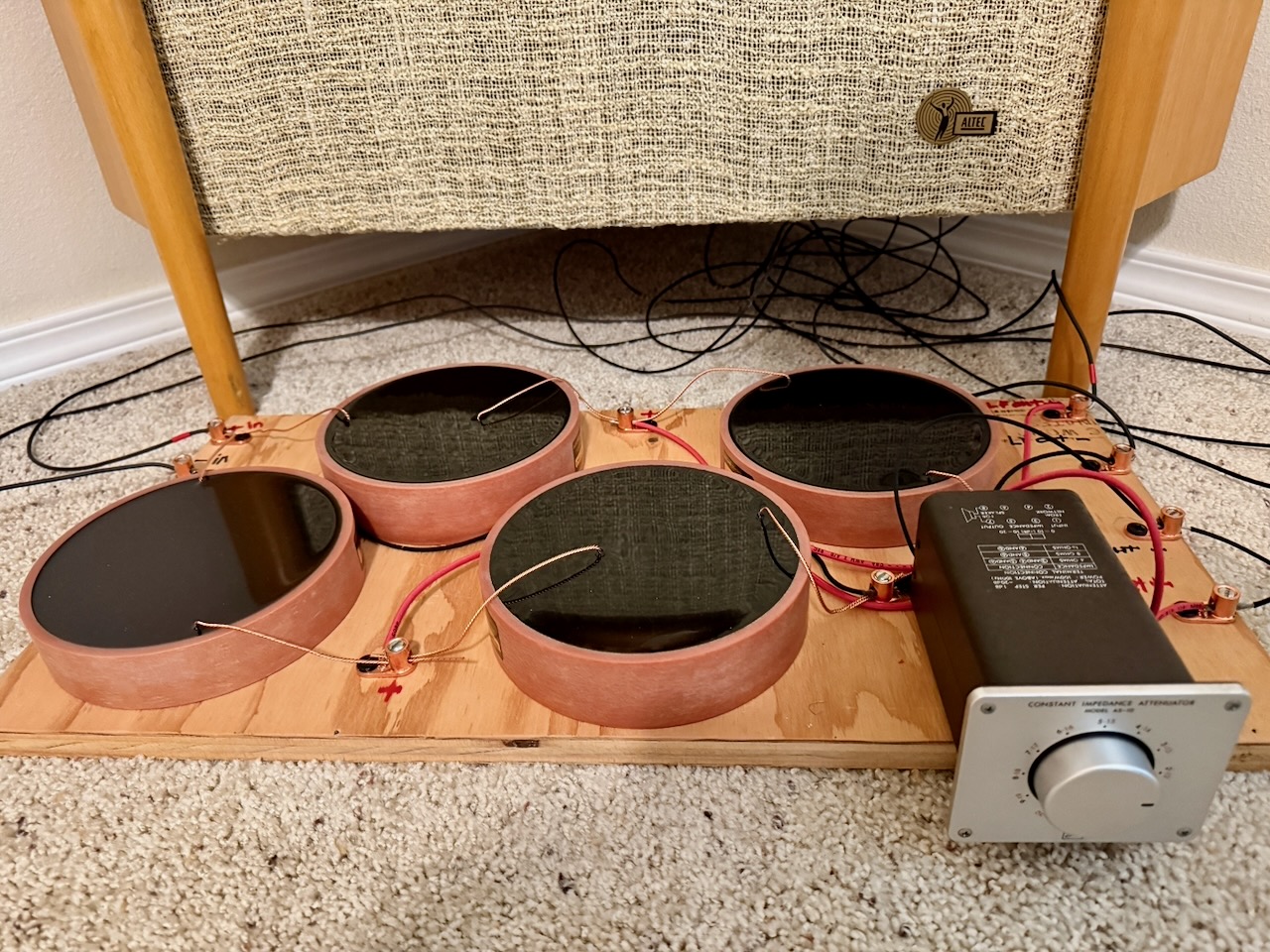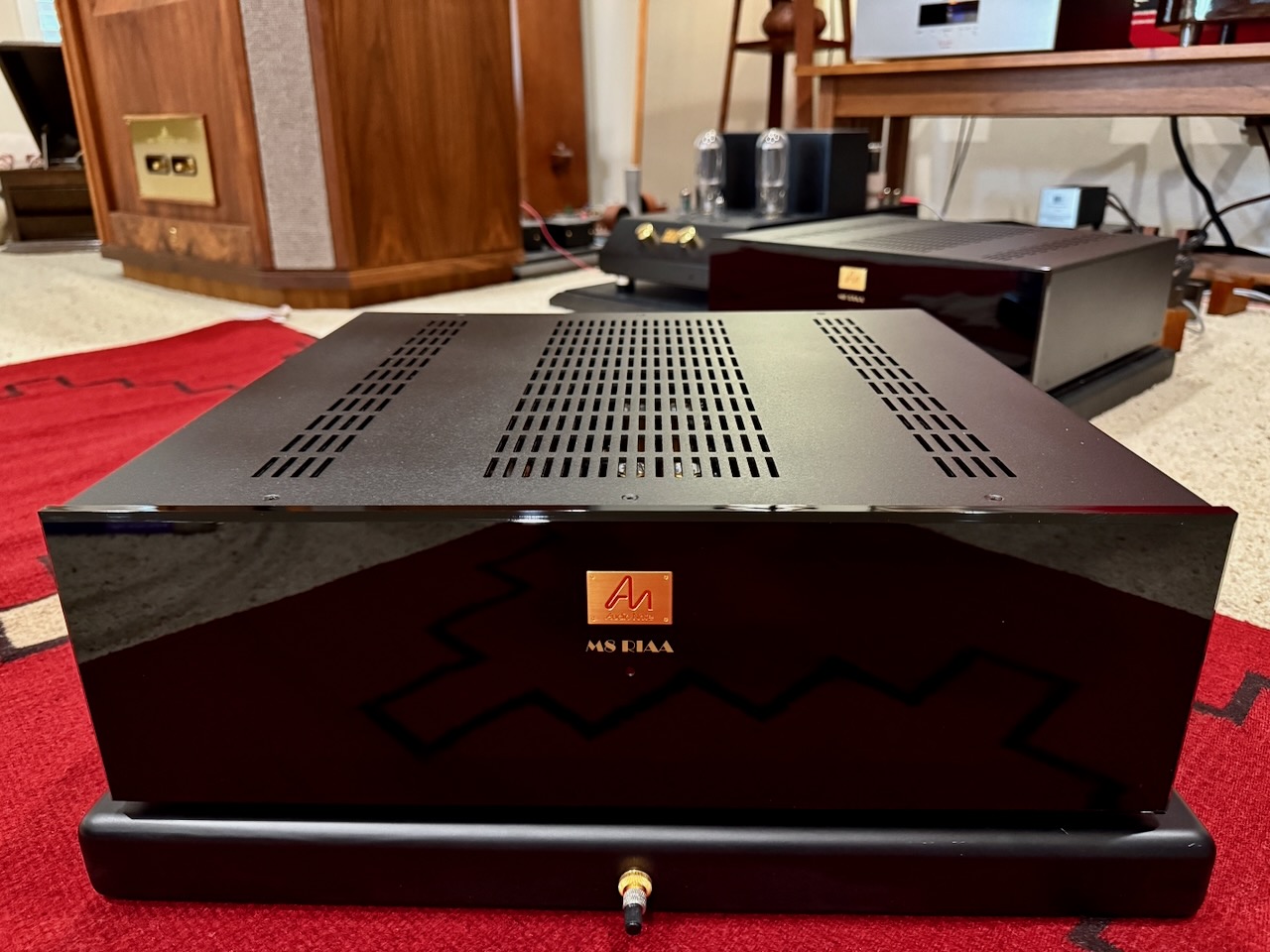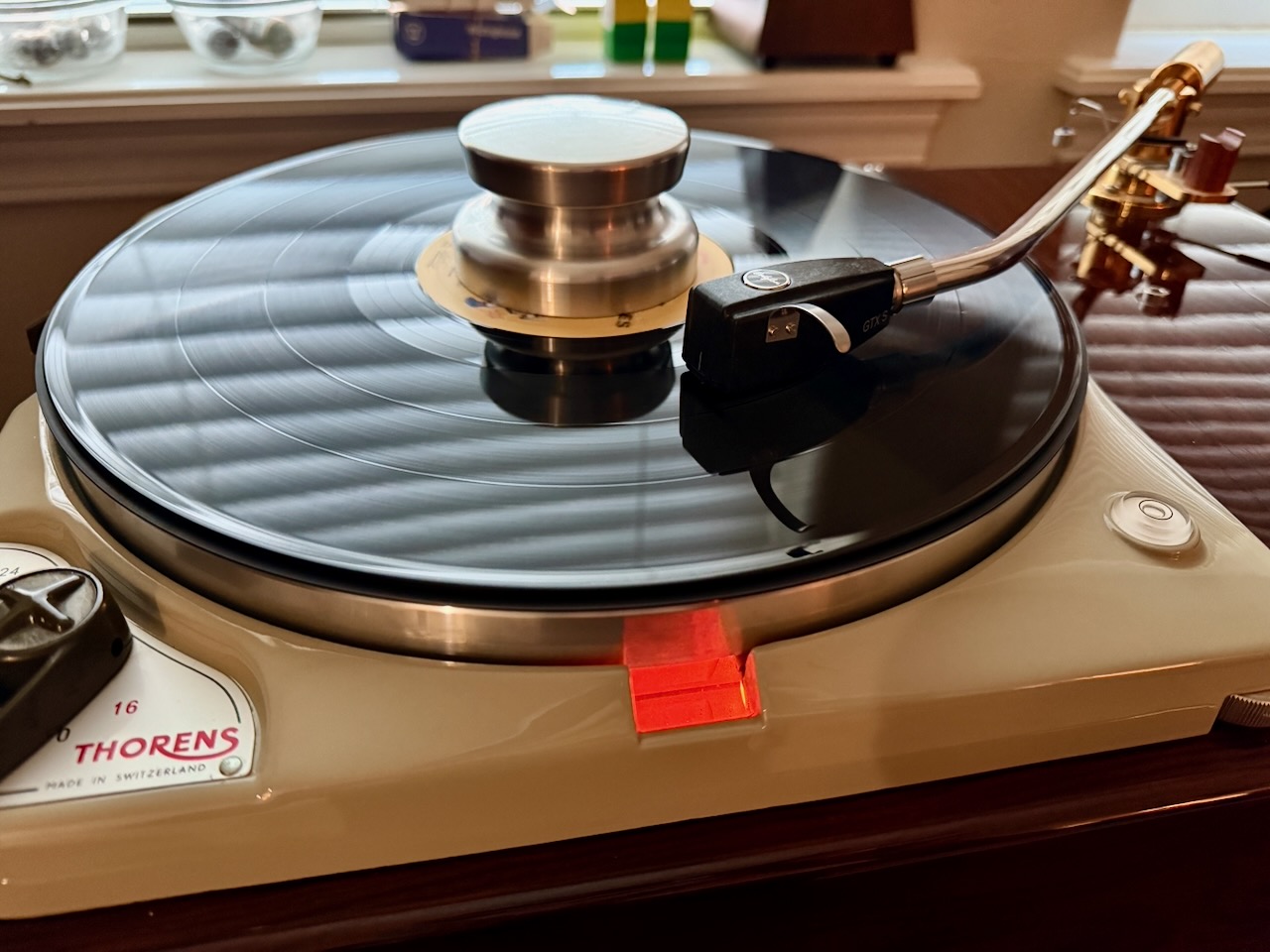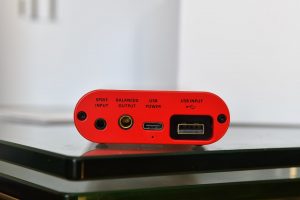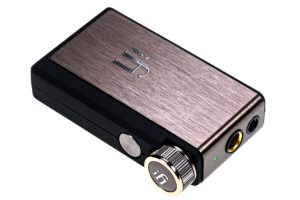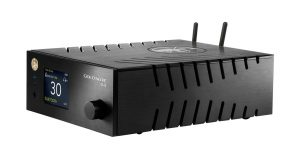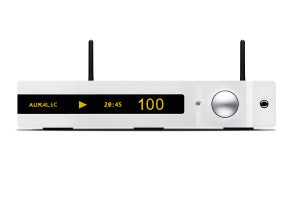Now lets listen to an album from the stereo period of the magnetic era of recording (1957 - 1975), a period that is often considered by audiophiles to be the high-point of fidelity of the recording eras.
While listening to music the other night, I got out a CD that I hadn't listened to in ages, Duke Ellington's and Ray Brown's This Ones For Blanton!, which was a studio recording done at United Recording Studios in Las Vegas on December 5th, 1972, and then released in 1973.
The version I have is the Analogue Productions 24 karat gold limited edition (CAPJ 015), which was remastered by Doug Sax at The Mastering Lab using vacuum tube electronics.
I was absolutely stunned with the sound quality and musicality I heard through the CD 5.1x from This One's For Blanton!
One of the things I found to be extraordinary in this recording was the resolution of the timbral textures of Ray's bass and Duke's piano, and how vivid the visuospatial images were. This is one of those recordings that make me feel like the musicians were right there in my living room with me.
Also of particular note was the dynamic 'authority' exhibited by the CD 5.1x. Whether to the soft or loud side of dynamic gradations, I don't think I've ever heard the dynamic variations in loudness between notes rendered with so much articulation and in so believably a real and natural fashion. Really impressive.
This album doesn't have a wide soundstage in instrumental terms, as its a duo studio recording with Duke on the piano and Ray on the bass, but there was an immense sense of recorded 'space' from the recording that literally extended to fill my entire room.
Comparing the CD 4.1x to the CD 5.1x, the latter just delivered more from This One's For Blanton! There's just more of everything there with the CD 5.1x. More resolution of timbral textures, more vivid imaging, more dynamic authority, more sense of acoustic 'space' in the recording.
Particularly on extraordinary recordings like This One's For Blanton!, the performance improvement you are paying for becomes immediately obvious with the CD 5.1x. There's just more of everything from a musicality and sound quality perspective that is extracted from the CDs with the CD 5.1x, and its impressive to hear what it can do.
When it comes to transferring analog master recordings to digital, the current ADC technology is so good that it is hard to tell the difference between the masters and the transfers, other than the optimization that might take place for the media it is being issued on, say CD or LP.
The majority of music being recorded these days is recorded digitally. While I don't have a good feel for all of the best sounding digital recordings that have been issued since the dawn of the digital era of recording in 1975, there are a few that have found favor with audiophiles.
Donald Fagen's The Nightfly (1982) is one (and which somewhat ironically features a turntable on the cover), and another is the Cowboy Junkies' The Trinity Session (1988).
I was curious what the CD 5.1x would tell me about the fidelity of the early digital recording of The Nightfly. This was Donald Fagen's first solo album, and was produced by Gary Katz for Warner Bros. Records.
Audiophiles enjoy The Nightfly because there are a lot of visuospatial cues to be intrigued by in this studio recording. There are lots of little interesting musical and non-musical bits related to imaging, spread across a really wide wall-to-wall soundstage, with quite a lot of layering going on into the depth of the soundstage.
The CD 5.1x is rather astonishing in how much musical information it retrieves from Red Book CDs, and I was just shaking my head at how distinctly those musical elements were distributed throughout the width, depth, and height of the recorded 'stage' of The Nightfly. There's so much visuospatial information popping out of the recording 'space' that it was pretty spectacular to hear on The Nightfly.
Then of course there's Donald Fagen's (and others) superb musicianship on The Nightfly. There's a very identifiable Steely Dan vibe throughout the album, which harkens back to mid-1970s Steely Dan albums like Pretzel Logic. You can take Donald Fagen out of Steely Dan, but you can't take the Steely Dan vibe out of Donald Fagen. An altogether good thing.
Listening to The Nightfly through the CD 4.1x was also very satisfying and enjoyable, but it was apparent that its ability to unravel musical nuances, the many multiple layers back into the soundstage, and pop images holographically out of the three dimensions of the soundstage, were much less than with the CD 5.1x.
One of the things that I found really intriguing about the CD 5.1x was its ability to portray the fidelity, whether low or high, of live or studio albums in a way that puts the music first, yet still provides such a dramatic amount of meaningful musical information from Red Book CDs. I'll never think about Red Book CDs in the same way again. They're legit.
While I could hear all the different aspects of the various recording styles over the eras, the CD 5.1x always delivered the musical performances in an engaging way that left me deeply impressed.
The CD 5.1x delivers the natural analog-like presentation, superb musicality, and exemplary sound quality from Red Book CDs that Audio Note (UK) is famous for, but just delivers much more of that than you've likely ever heard.
Also of note, with CD 5.1x player there was none of that synthetic and artificial tinged playback that I hear from almost all audiophile oriented digital sources, regardless of price. The CD 5.1x excels at playing music, any music, in a fashion that always pretty much blew my mind.
I have one last observation about the CD 5.1x that jazz guitarist and friend David Gitlen noticed upon his first listen. David's got the most discerning sense of hearing for music and audio of anyone I've ever met, so I always listen carefully to what he has to say.
David and I were chatting while listening to some excellent Jim Hall master recording transfers with the CD 4.1x and the CD 5.1x. David mentioned how much easier it was to hear what was going on in the music at lower volume levels with the CD 5.1x, than it was with the CD 4.1x.
You know how with some components you have to crank up the volume to make the music come alive?
That's not the CD 5.1x. Even at low volume levels, David and I could carry on a normal conversation, and there was still a vivid musical presence that allowed us to hear everything in the music.
If you live in a space where hearing everything at lower SPL levels is a must, the CD 5.1x will deliver that in spades.




